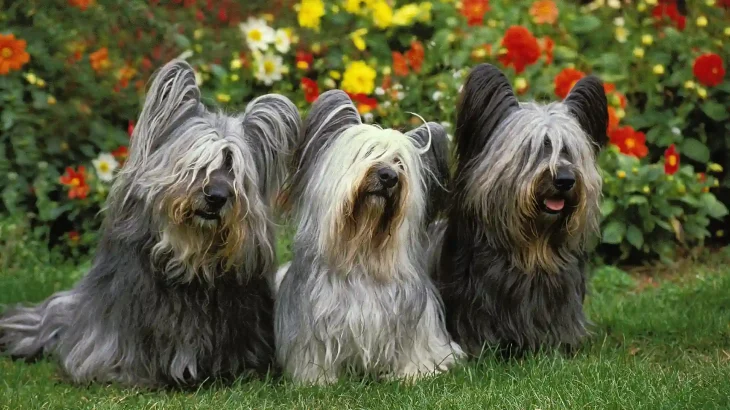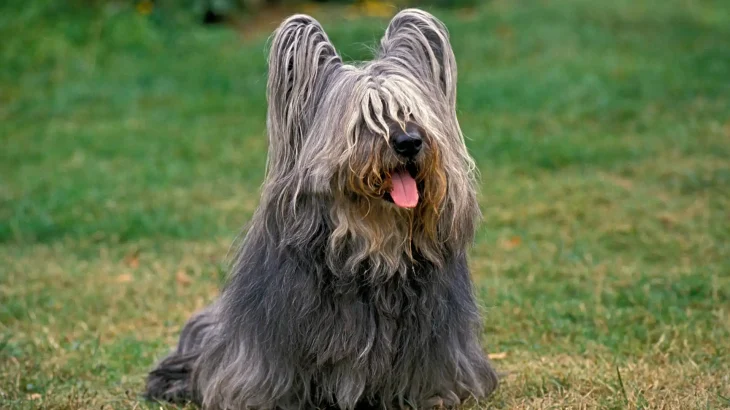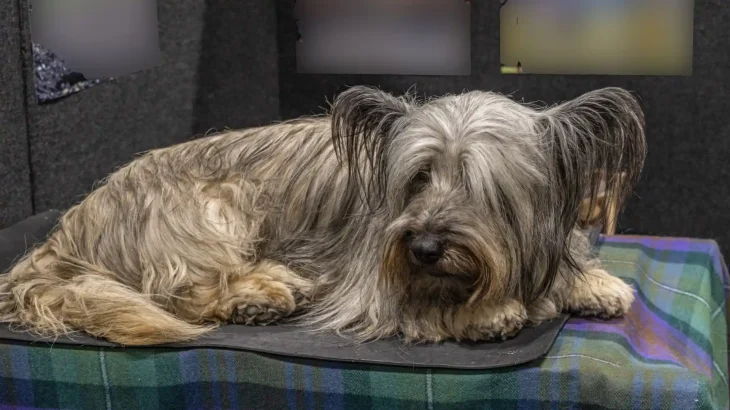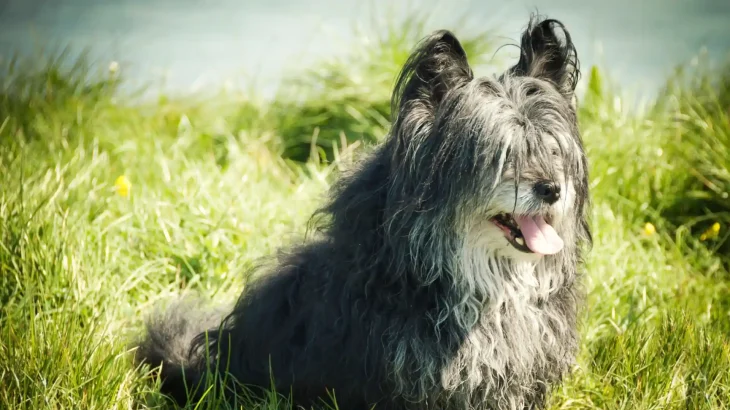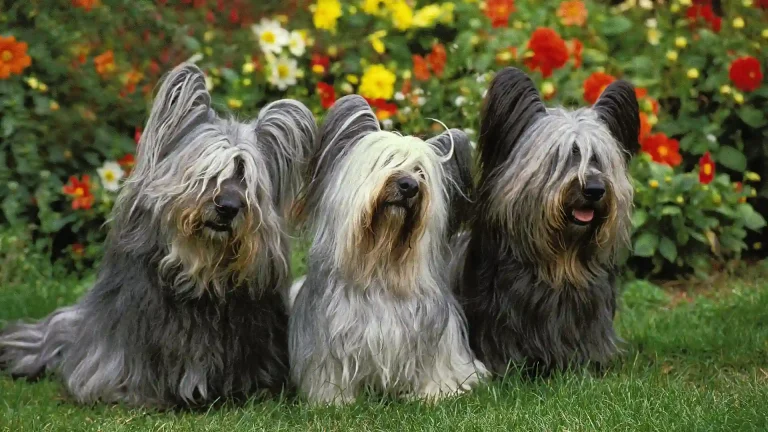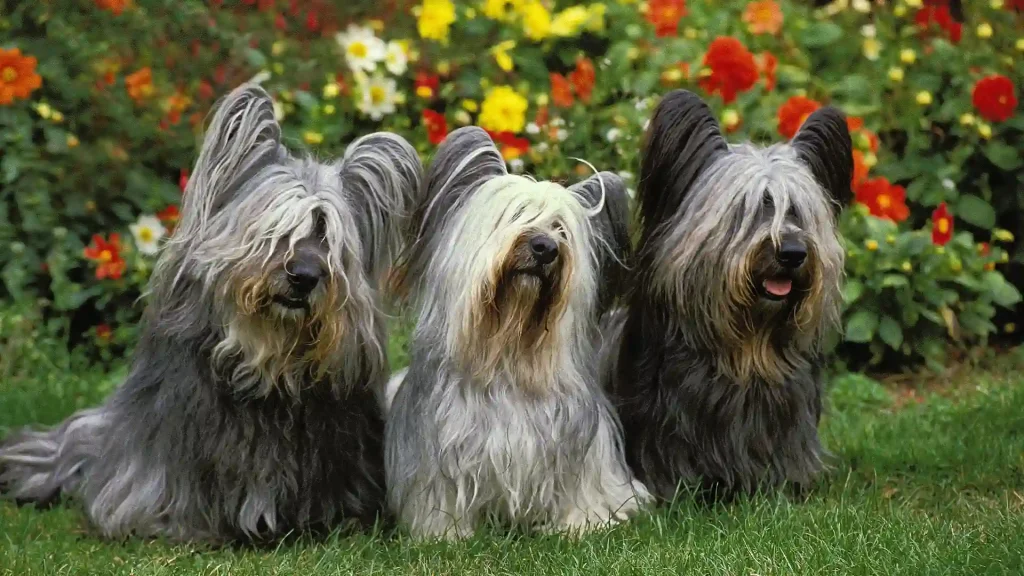Deciding whether to adopt or purchase a Skye Terrier puppy involves weighing factors like availability and health transparency. Given the breed's rarity, finding a puppy from a reputable breeder may require patience, while adoption could offer a chance to provide a home to a dog in need. Both routes have unique benefits and challenges when welcoming a Skye Terrier into your family.
Adoption vs. Breeder: Pros & Cons
| Criteria | Buying from Breeder | Adopting from Shelter/Rescue |
|---|---|---|
| Cost | Often higher due to breed rarity and pedigree; prices vary and can be significant. | Generally lower adoption fees, making it more affordable. |
| Health History | More detailed health records and genetic screening likely provided. | Health info may be limited; shelters provide basic medical checks. |
| Age Availability | Primarily puppies; waitlists can be long due to scarcity. | Wider age range, including adults and seniors, available. |
| Temperament Insight | Breeders may offer lineage-based behavior expectations. | Shelter staff share observed behaviors, but full background may be unknown. |
| Supporting Practices | Supports responsible breeding programs, preserving the rare breed. | Gives homes to dogs that need one, supporting welfare. |
| Breed Purity & Pedigree | Usually guaranteed with pedigree papers. | Less emphasis on pure breed; lineage may be unknown or mixed. |

